A new agreement in Congress will now see Boeing get the waiver it needs to certify the two 737 MAX variants that are yet to enter service.
It is what Boeing wanted and many expected. But it is also a move that met with a lot of resistance from both politicians and other groups. The matter has to do with the certification of the 737-7 and the 737-10, the last two variants of the 737 MAX. Originally, Boeing had until the 27th of December this year, to certify both of these aircraft.
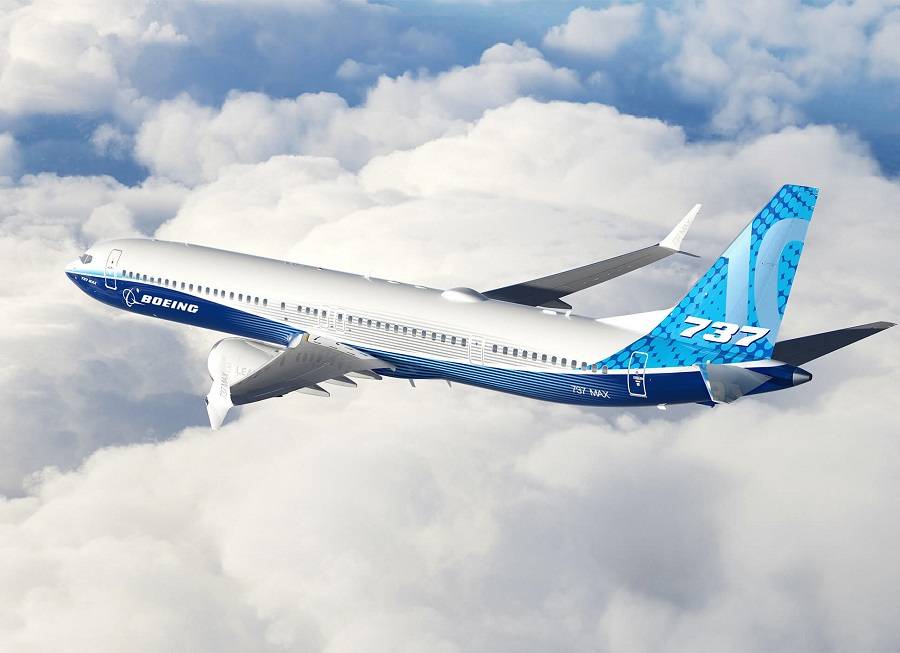
But it gradually became clear that this wasn’t going to happen. Further, FAA officials stated that the agency would not continue its certification process for the two 737 MAX variants beyond the deadline unless Congress voted in a waiver. However, previous attempts at reaching an agreement on the matter stalled.
But on Tuesday the 20th, Boeing finally got the result it wanted – with an asterisk (more on that later). Members of the US Congress attached the 737 MAX waiver to another bill, which should go through later this week. If you’ve missed what this is about, it has to do with the lack of an EICAS or Engine Indicating and Crew Alerting System in the 737 family.
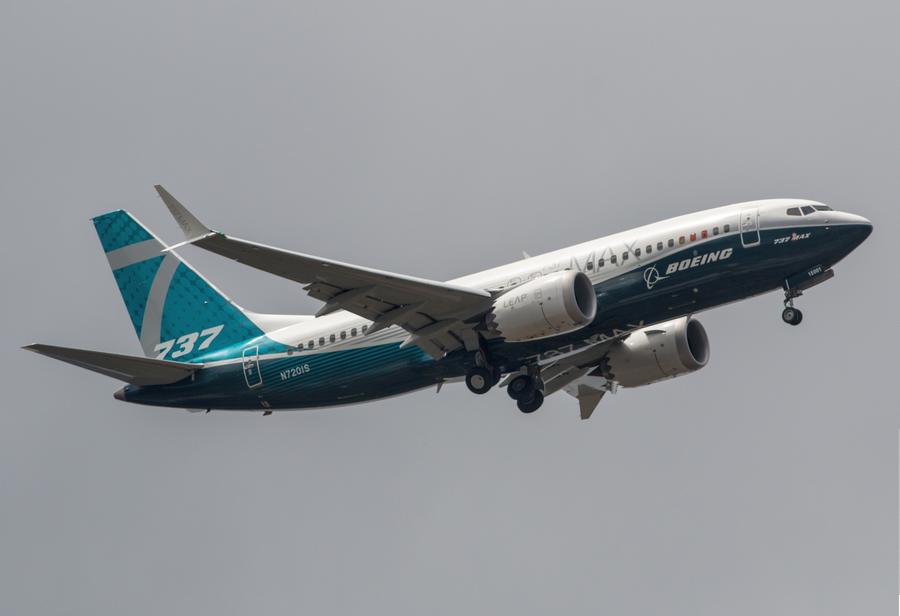
737 MAX Waiver – Why Is it Necessary?
As we saw previously, when the 737 MAX returned to service in 2020, the FAA expected that the 737-7 and 737-10 would get certified before 2023. So it stipulated that any future aircraft type would need to have EICAS, to get its certification. It’s worth pointing out that the FAA, along with other US agencies and foreign aviation authorities, did not seek to enforce this requirement on the 737-7 and 737-10.
In any case, the lessons learned from the tragedies that led to the 737 MAX grounding, slowed down certification processes considerably. Hence the certification delays and the need for these 737 MAX variants to get a waiver each. But while Boeing got its way, legislators gave it a new deadline, for a separate matter concerning these and other 737 MAX models.
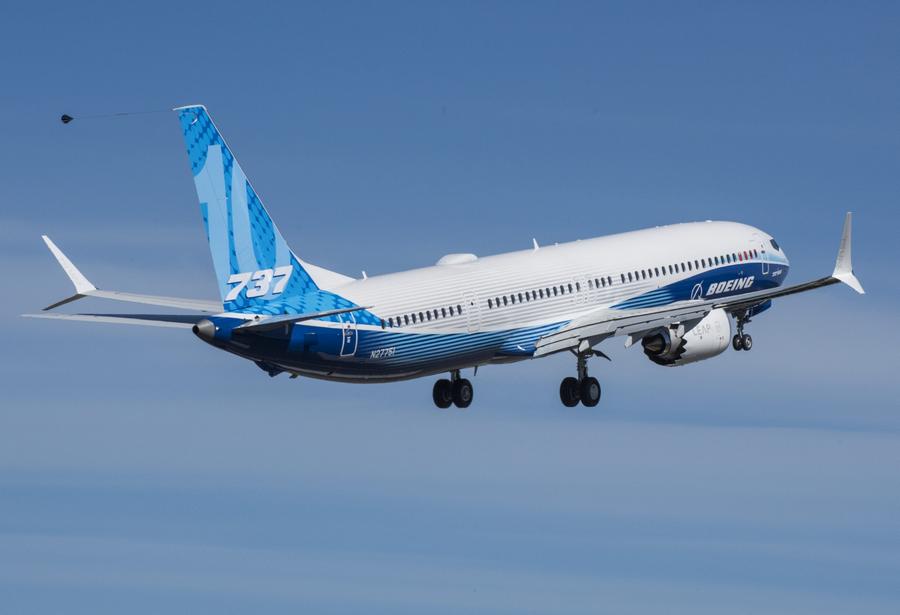
The FAA and other aviation authorities had a condition for the certification of the 737-10, the largest 737 MAX. Boeing would need to install two new safety features on these jets. The first is a means for pilots to silence the stick shaker, which can become a serious distraction if it is activated erroneously.
The second change is the addition of a “synthetic” Angle of Attack (AoA) sensor. The 737 has two AoA sensors. But it also has multiple systems and sensors for other indications, which can collectively derive another, “synthetic” AoA value. So Boeing is designing new software that can calculate this value.
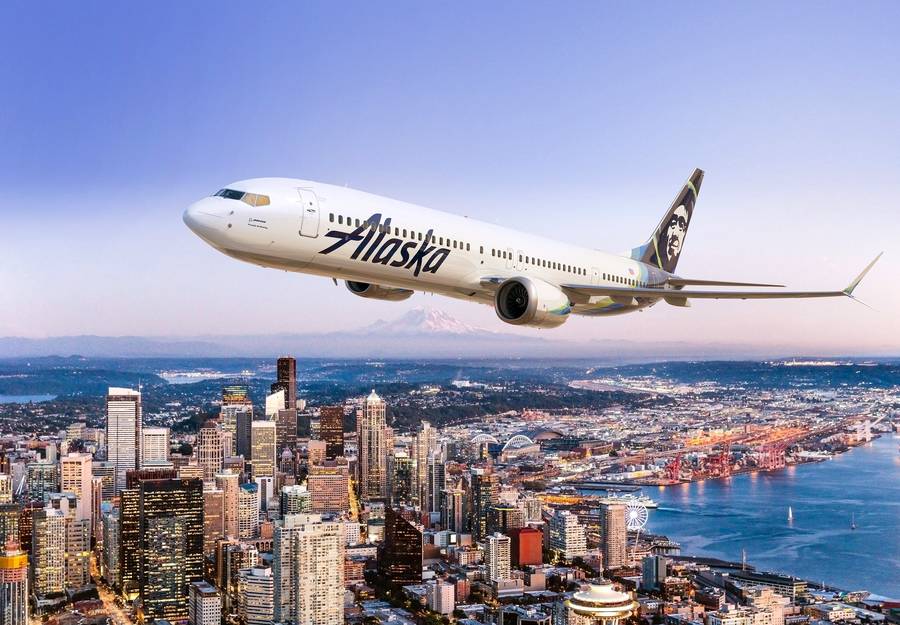
From One AoA Sensor To Two, Then Three
In the original configuration of the 737 MAX, the reliance on a single AoA sensor was a key factor in enabling the two fatal crashes. Boeing redesigned the system, to ensure that it won’t interfere as persistently – or at all, if the two AoA sensors disagree. The third, “synthetic” AoA value, adds another layer of redundancy.
So what the US legislators now did in granting Boeing its EICAS waiver, is that they required the addition of these two features in ALL 737 MAX variants – not just the 737-10. Boeing has three years to make this happen – and it will have to pay to retrofit all existing aircraft as well.
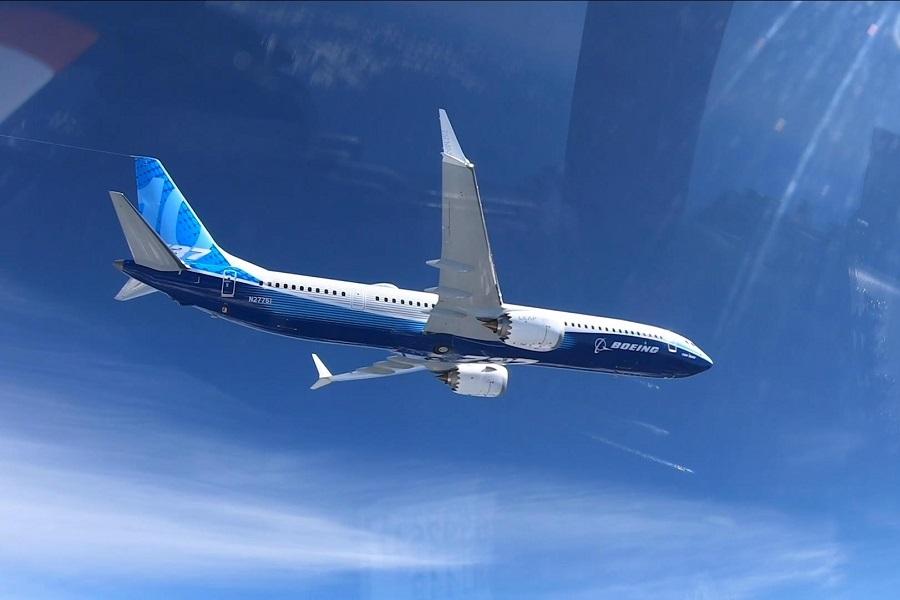
In practice, Boeing knew that it would have to install these systems in all 737 MAX models eventually. This is because other aviation authorities, including those in Canada and Europe, had explicitly required the stick shaker cancellation and synthetic AoA for all models, too. It is not clear if the deadline for these agencies comes before, after, or at the same time as the one now coming in the US.
737 MAX – Waiver And Uniformity
Going back to the 737 MAX waiver, many observers believed that Boeing would have eventually gotten it from the new Congress, in the new year. But with the FAA freezing its certification process in the meantime, this could have added weeks of delays to the program.

Should the waiver process have stalled completely, Boeing would likely have decided to cancel the two remaining 737 MAX variants. Introducing EICAS would require a radical redesign of not only the aircraft’s cockpit but also changes in training and procedures.
EICAS would have effectively separated these 737 MAX variants from the others, AND from the 737NG family, that many airlines run alongside their MAX fleet. The reasoning for the waiver is exactly that: ensuring that all 737 MAX variants have consistent training and procedures for crews.
US Senator Maria Cantwell emphasized this point, saying: “Passengers need to know that the entire MAX fleet will be uniform and safer”. The Senator also pointed out that the requirement to implement/retrofit the other two safety features to other 737 MAX models has the same purpose. Previous legislative waiver proposals lacked the requirement for these other features.



